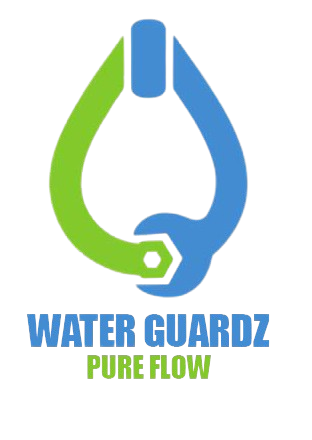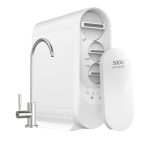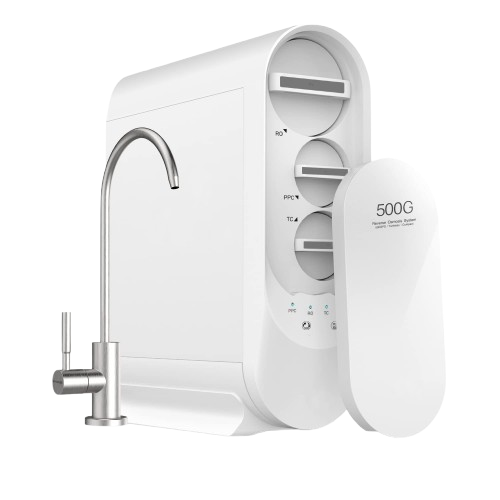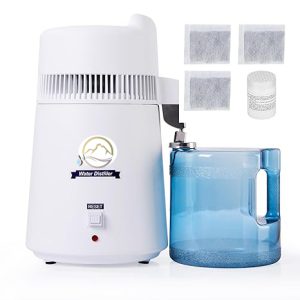Description
Domestic RO Systems: Residential RO units ranging from 50 to 1,000 GPD. •Commercial RO Systems: Higher capacity systems for small businesses and restaurants, usually ranging from 500 GPD to 10,000 GPD. •Industrial RO Systems: Heavy-duty systems for large-scale industrial water treatment needs, ranging from 10,000 GPD to over 100,000 GPD.-
Reverse Osmosis (RO) systems are advanced water filtration systems that use a semi-permeable membrane to remove contaminants, impurities, and dissolved solids from water.
-
Filtration Process: Water is forced through a semi-permeable membrane under pressure, trapping contaminants while allowing clean water molecules to pass through.
-
Contaminant Removal: RO systems effectively remove heavy metals, salts, chlorine, fluoride, bacteria, viruses, and other harmful substances.
-
Multiple Filtration Stages: Most RO systems include pre-filters (sediment and carbon filters), the RO membrane, and post-filters to ensure maximum purification.
-
Pore Size of Membrane: The RO membrane has microscopic pores (typically 0.0001 microns), allowing it to remove particles much smaller than bacteria and viruses.
-
Water Purity: Reverse osmosis significantly improves water taste, odor, and clarity by eliminating impurities and dissolved solids.
-
Applications: RO systems are widely used in homes, commercial establishments, industries, and desalination plants to provide purified water.
-
Desalination Capability: Large-scale RO systems are essential for converting seawater into drinkable water by removing salt and other minerals.
-
Residential Use: Home RO systems are installed under sinks or as whole-house filtration units to provide clean drinking water.
-
Wastewater Production: RO systems produce wastewater (reject water) as part of the filtration process, requiring efficient disposal or recycling methods.
-
Water Efficiency: Modern RO systems include water-saving features like permeate pumps and zero-waste technology to reduce water waste.
-
Storage Tank: Many residential RO units include a pressurized storage tank to provide a steady supply of purified water.
-
Maintenance Requirements: Regular filter and membrane replacement is necessary to maintain optimal performance and prevent contamination buildup.
-
Cost Considerations: RO systems vary in price based on size, capacity, and filtration stages, with residential units being more affordable than industrial systems.
-
Environmental Impact: While RO provides clean water, efforts are being made to reduce water waste and energy consumption in large-scale operations.
-
Future Developments: Advances in membrane technology, energy efficiency, and waste reduction are improving the sustainability of RO systems.
-
Conclusion: Reverse osmosis systems are highly effective for water purification, offering safe, clean drinking water for residential, commercial, and industrial applications.





